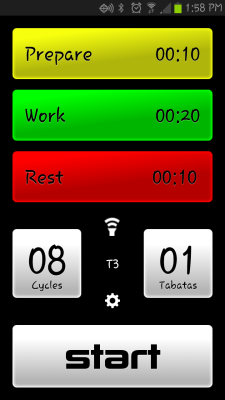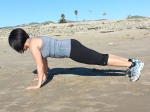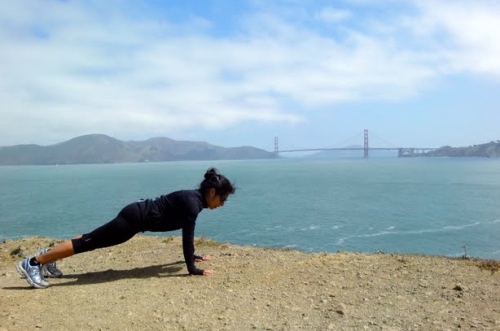Tabata training is perfect for those who never seem to have enough time in the day but still want to make space for fitness in their lives. It’s also a great tool for losing weight without losing muscle.
It works because unlike regular exercise that makes your body go into a steady state (adjusting to the workload by conserving energy – aka calories), Tabata training keeps your body working hard to adjust to the bouts of intensity, thereby increasing the caloric expenditure.
What is Tabata training?
Tabata training, based on the research of Izumi Tabata; a former researcher at Japan’s National institute of Fitness and Sports. He observed two groups of athletes to determine the results of moderate intensity versus high intensity. He found that high intensity training had the benefit of training both the aerobic and anaerobic systems. While there are many variations on this type of training, a true Tabata is four minutes of a single exercise with 20 seconds ultra intensity followed by a ten second recovery period. This is not something you would do every day, but once – a few times a week as it takes a lot of energy.
How do I get started?
One Tabata round is four minutes of a single exercise with 20 seconds at your max intensity followed by a 10 second recovery period. Exercises using compound muscle groups are best (squats, lunge to press, etc) but any exercise including walking, running, or cycling are also effective.
Pick an exercise then warm up for at least three minutes. Set your timer for 8 rounds of 20 seconds on, 10 seconds off. Do the selected exercise to failure for 20 seconds then rest for ten seconds. Repeat this process until the four minutes are up. Your goal is to put just as much intensity into the last set as you did in the first set. *Keep a towel and a bottle of water nearby. If you’re doing it right, you’ll be sweating pretty quickly!
Example Exercises:
Box squats
Full squats
Dynamic squats
Lunges
Lunge, knee tuck
*any of the above with or without weights depending on your fitness level
Burpees
Walkover push ups
Sprints
Plank suicides
Safety First:
You should only do an exercise that you are comfortable with and that you can complete in correct form for the full four minutes. Because this training is based on intensity, you don’t have to get fancy, you just need to be clear with your movements. Remember, you are trying to go as intensely as you can for 20 seconds eight times. If you find that you are losing form or pooping out midway, you may consider changing the exercise.
If you’re new to fitness you can walk as quickly as you can and then walk very slowly for each round or squat on a bench or box.
Timers:
Apps for your phone:
Tabata Pro – Tabata Timer
HIIT Interval Training Timer
Tabata Timer
Online Tabata Clock – Workout Timer – Interval Timer
If you like to exercise outside but don’t want to use your phone as a timer, this little gadget works really well and clips easily to your clothes:
Gymboss Interval Timer
If you have questions about this type of training, leave your question in the comments section 🙂























